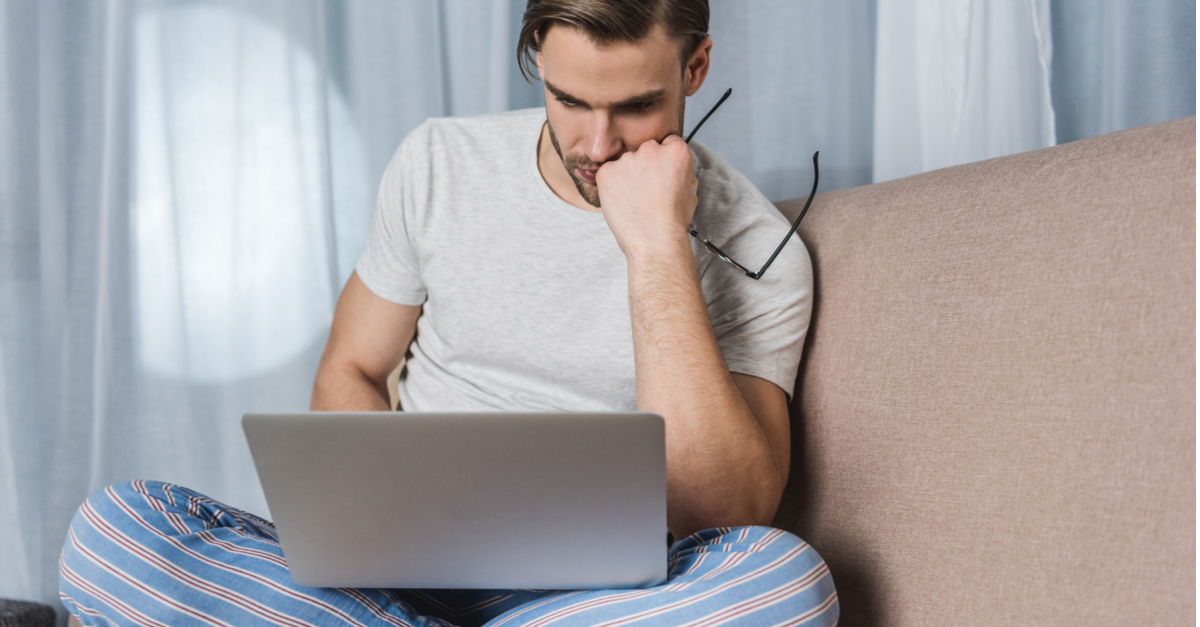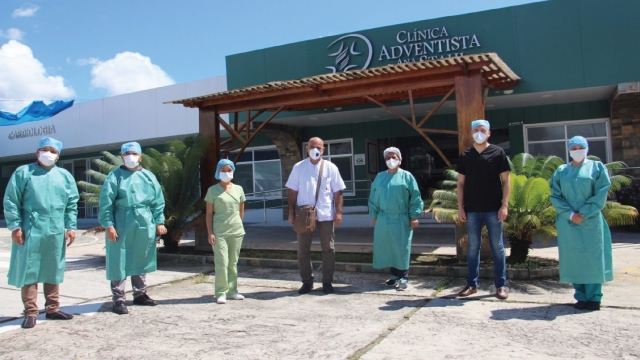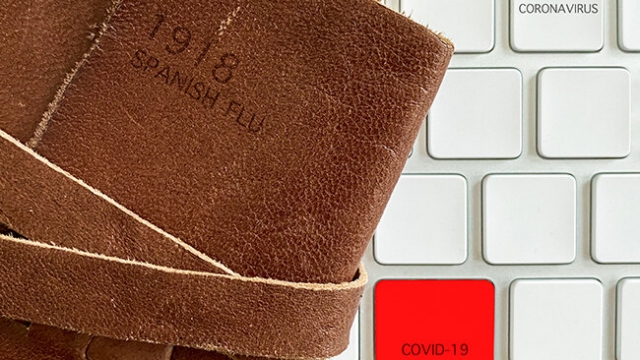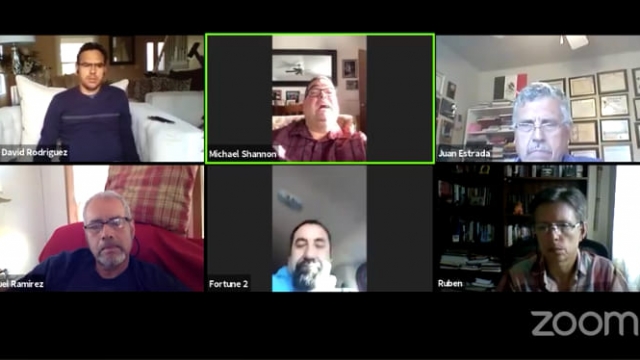By Tony Hunter–Boulder, Colorado … My pajamas are amazing. They bring me soft, gentle comfort day after day after day. We are now intimate acquaintances. And, as much joy as they bring me, I like to think I bring them the same kind of joy, as I currently live to fulfill their purpose.
Hi. My name is Tony Hunter, and I’m a hospice chaplain who has just begun his fifth straight week of chaplaincy from my couch as a result of the Covid-19 Stay-at-Home order. Since then, I have not been able to “see” a single patient, family, or team member in person. Instead, I sit on my comfy couch whilst wrapped in my comfy PJs doing chaplaincy things.
Normally, I spend my days driving to different nursing facilities and homes, visiting my patients and/or their families. I carry a caseload of 35-40 patients, 100 percent of whom are dying, 100 percent of whom I have to see every week. Their families are grieving and trying to figure out how to care for their parent, spouse, or child who may have months or days to live. The patient may know they are dying, but most don’t even realize they are sick, as most have some level of cognitive decline. Many can’t communicate at all.
Some do not recognize their family. This makes the grieving process hard for families because, not only are they losing their loved one physically, they’ve already lost their loved one emotionally and psychologically. They sometimes spend months in a steady state of anticipatory grief, and it is my job to sit with the family as they walk through that. Often, the best we can do is help them to not suffer and grieve alone.
The same is true for patients. It may be about listening to them as they ask questions like “I’m 97. Why won’t God let me die?” But most often, I’m another face who came to visit them, and in their minds in that moment, I’m the only person who came to visit them, because they can’t remember that their family comes every day. They believe they’ve been abandoned and that no one loves them enough to visit them. They don’t remember me seconds after meeting, and instead think I’m a nephew or grandson, or husband. One time, I was their daughter–that was a weird day–and it’s my job to smile and go with it and help them feel loved and not alone. My greatest tools aren’t my words, but instead my hands that hold theirs, my arms that give hugs, and my warm body that sits in the room with them when they are no longer able to form words.
And then Covid-19 came and took away most of my tools. Zoom and other telehealth platforms can be used, but most of my patients don’t remember how phones work, and they wonder who that weird voice is talking to them through the plastic thing in their hand. Sometimes a facility member will try to hold a phone for them, or open up a video conferencing app, but most can’t engage it and most of those become agitated because they don’t understand it.
Chaplains in the hospital setting are also adapting. They can no longer go in patient rooms and have use mobile Telehealth carts to video chat with a patient from outside their room. It works, but it requires adaptation of practice as the normal way of presence and relaxed intentionality no longer work the same. And that is if the hospital is set up for such things, in which case chaplains can’t visit at all beyond phone calls to rooms. In education, schools are shut down which means chaplains are utilizing video conferencing or even just texting with students in need. In that setting the need is often increased as some students are stuck away from their families with only social media to make connections.
Just like in hospice, families can’t see their loved ones. But therein lies something important. Before, I was sitting with people in their experience, but now I am talking with people as I share their experience. And that subtle difference is infinitely important. I sit in my house in my pajamas, just like the families. I give them a phone call, because I can’t leave my house to see people, just like them. And we talk about what it’s like to be isolated from the people we care about and love. The difference is, when this is done, I’ll get to see my people again. But for many families, the next time they will be allowed to see their loved one is when that person dies. This has opened up a new and more efficient avenue for helping families process their loss.
Before, I would have to work hard to get some families to engage the reality of fatigue and loss. But now, it’s hitting them immediately. When I call them, they start talking about being isolated and stuck at home, then quickly they speak of how hard it is to know their loved one is alone. But then the truth comes out. Because the loved one with the cognitive decline hasn’t actually noticed a difference during quarantine. But the family has. Now, the family begins to recognize what that loved one must feel like all the time, and now the family fears they will never see their loved one again this side of death, and now they have no ability to hide from the reality.
As a result, my work is strangely more intimate. We get to start from a shared perspective. I get to be present with them in a new way. There is less physical presence, but now there is shared emotional presence and together we share our experience. And we share tears. And the reality they have denied for so long becomes very real and we confront it together. We step right into it and walk through it. And whether we pray together for strength on the journey, or whether I listen as they rage against an unfair God, we keep moving forward in spite of fear and loss and regret.
We move forward together, sharing in each other’s wisdom, companionable in the shared reality, all while seated on our comfy couches wrapped in our soft pajamas. Because in our pajamas, shut away in our homes far distant from each other, I may be more accessible than ever.
I’m going to be glad when Covid-19 loses its hold on society. But I may never not wear my pajamas again.
Tony Hunter is a Seventh-day Adventist pastor and a Hospice Chaplain working for Elevation Hospice in Northern Colorado; Photo by Shutterstock




